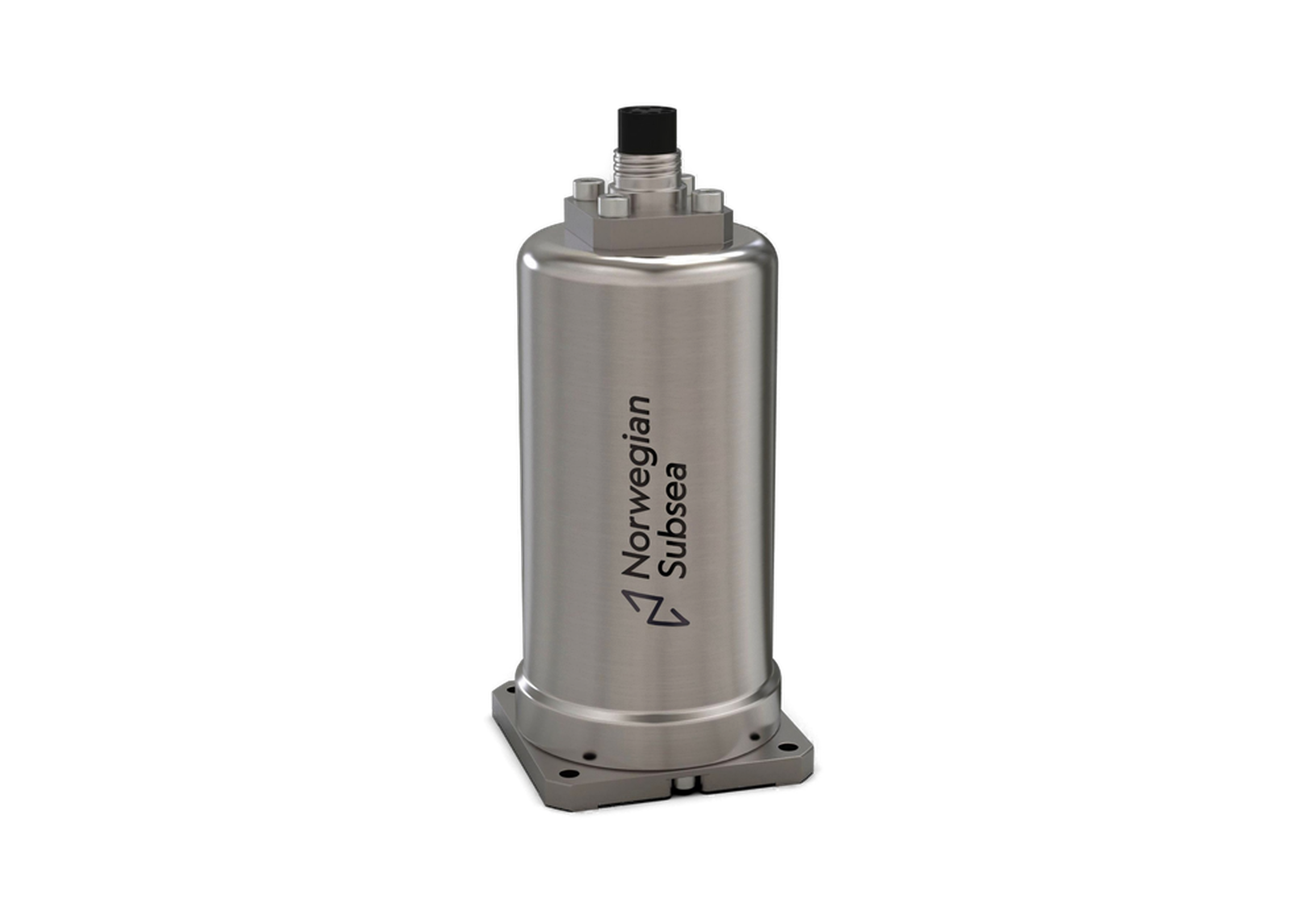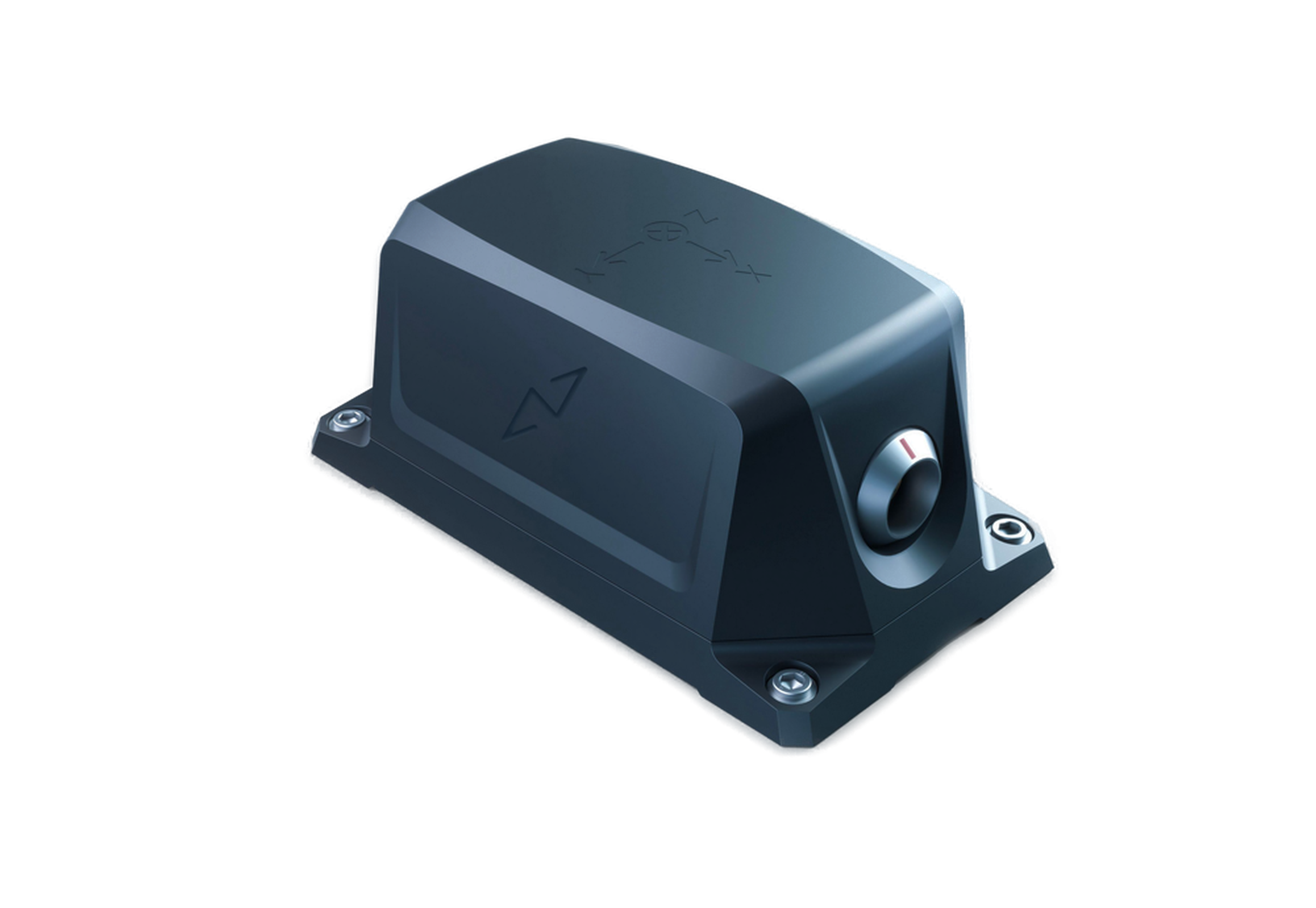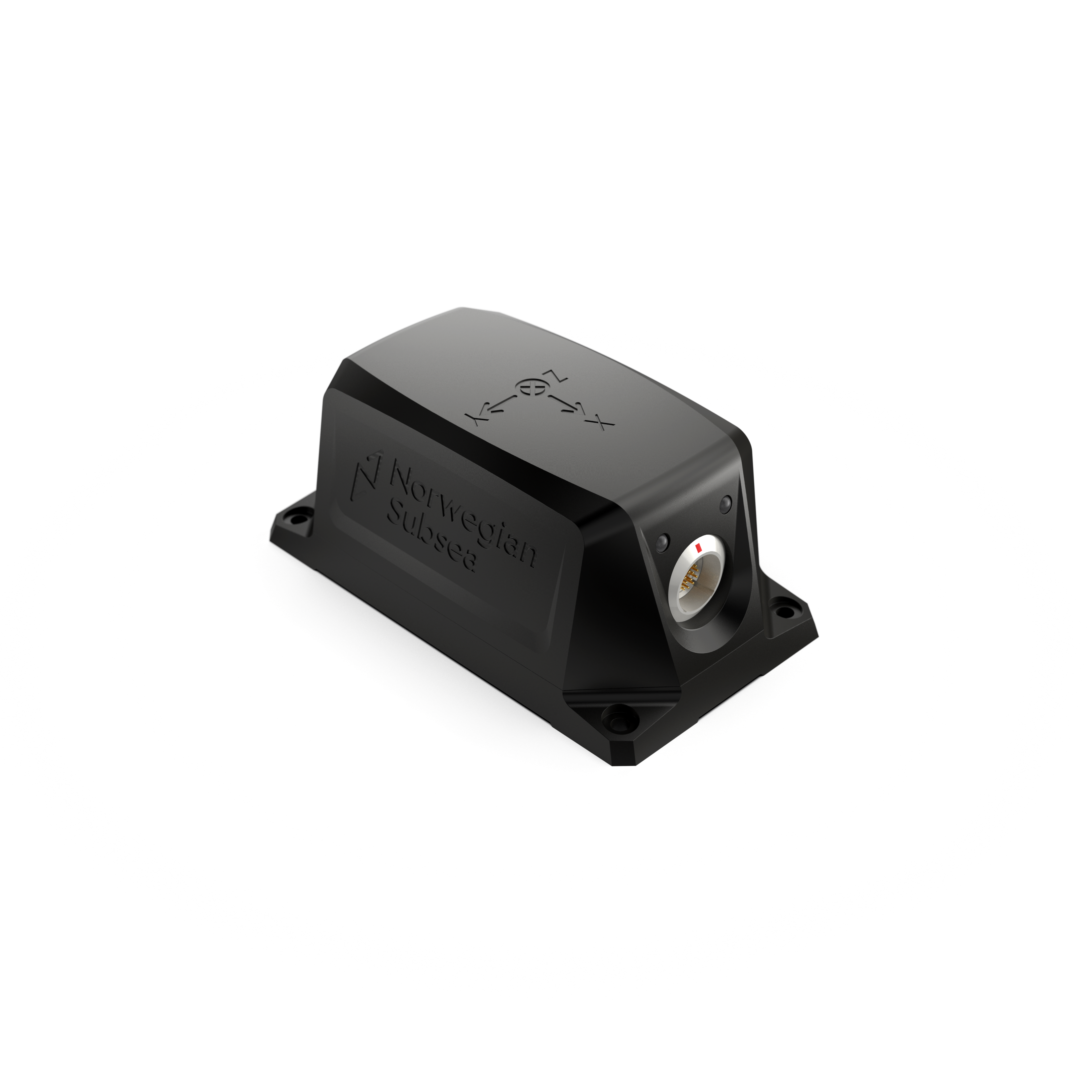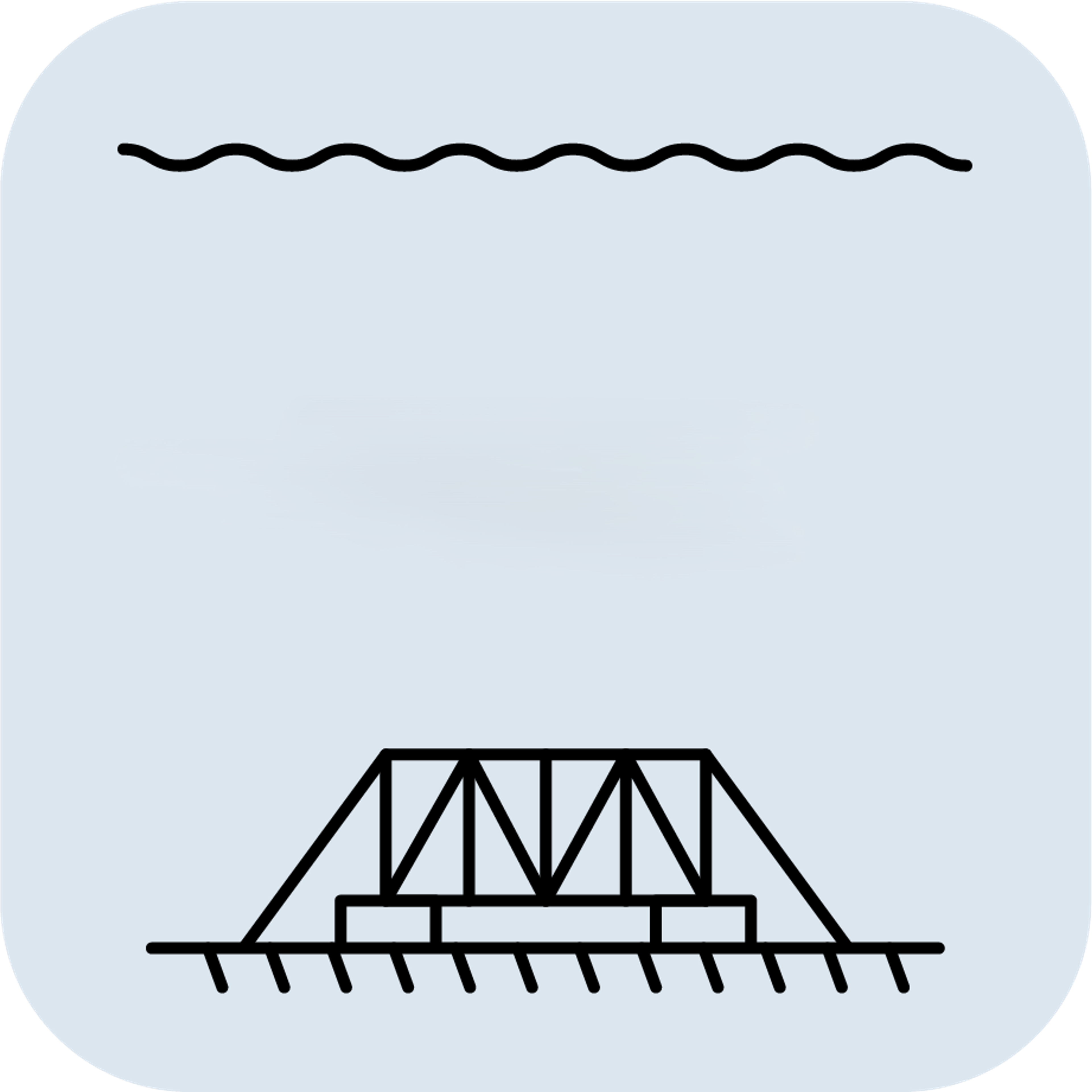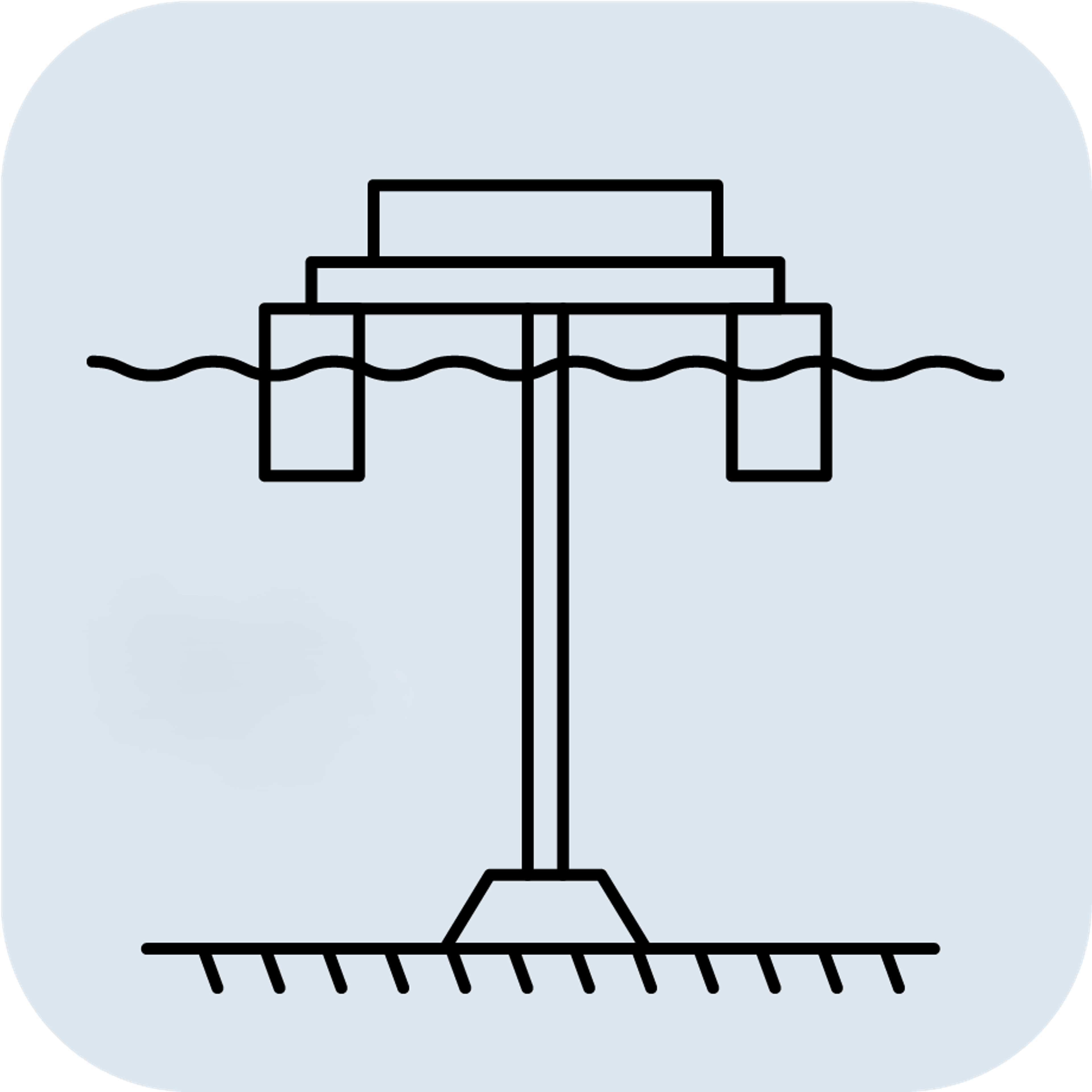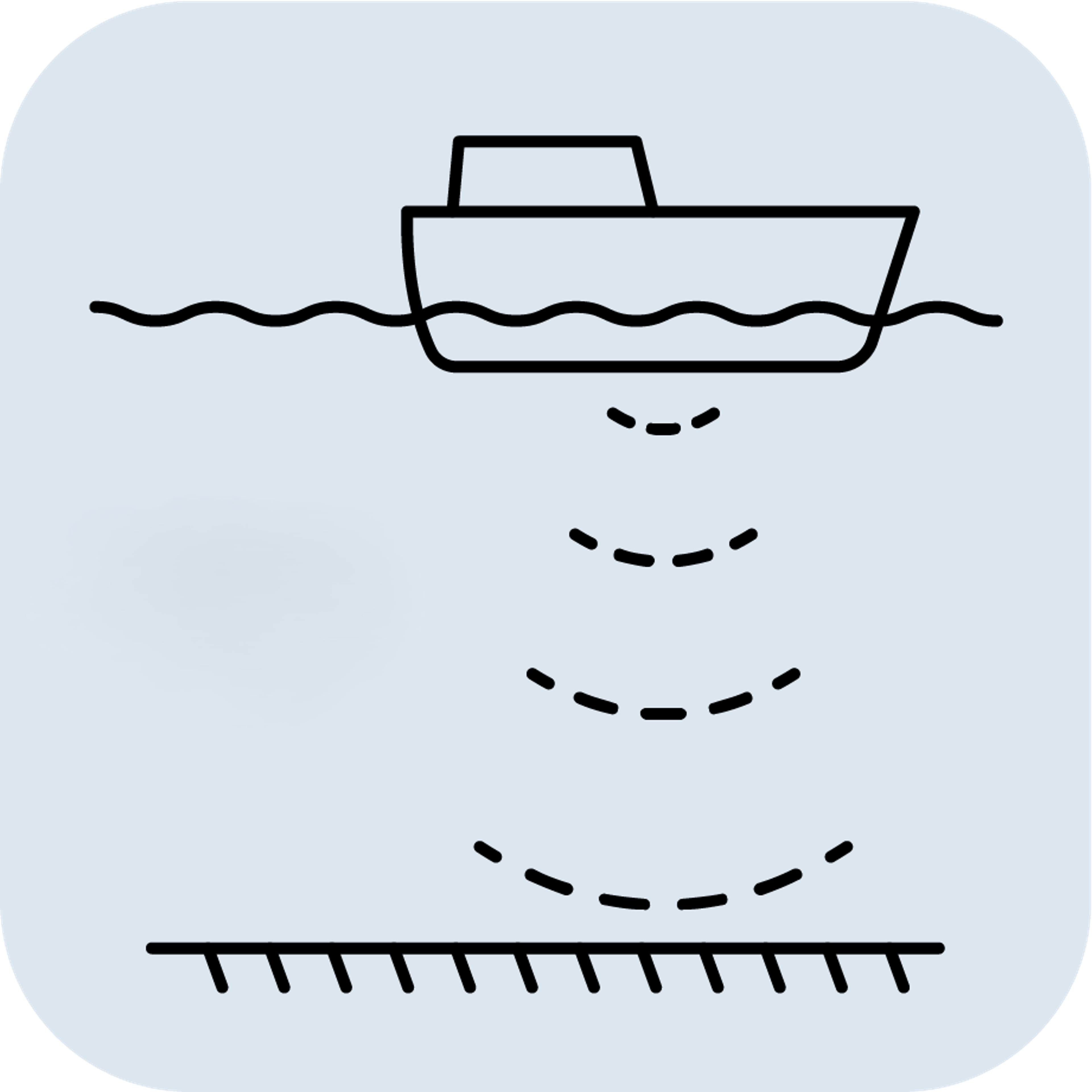Which MRU is best for subsea use?
For subsea applications, the Norwegian Subsea MRU Subsea is the ideal solution. It is specifically engineered for demanding underwater environments, featuring a robust titanium housing rated for water depths up to 6000 meters.
The MRU Subsea is exceptionally compact and lightweight, simplifying installation on various subsea equipment such as ROVs, AUVs, or monitoring structures. It comes equipped with a reliable Subconn wet-mateable connector for secure underwater connections.
This model provides high-accuracy 6DoF motion data (Roll, Pitch, Yaw, Heave, Surge, Sway) crucial for applications like riser motion monitoring, subsea surveys, and ROV/AUV navigation and control. Like all our MRUs, it utilizes advanced sensor fusion algorithms and state-of-the-art MEMS technology for validated performance.
Integration is straightforward thanks to support for Ethernet (UDP, Modbus TCP, Ethernet/IP) and serial (RS-232/RS-485) communication protocols, available with standard or custom data formats. The MRU Subsea can be mounted in any orientation and is available in accuracy versions up to ±0.01° for Roll & Pitch.
While the MRU Marine SW variant offers an IP68 rating suitable for depths up to 50 meters, the MRU Subsea provides the comprehensive depth rating and specific design features required for the majority of subsea operations.
